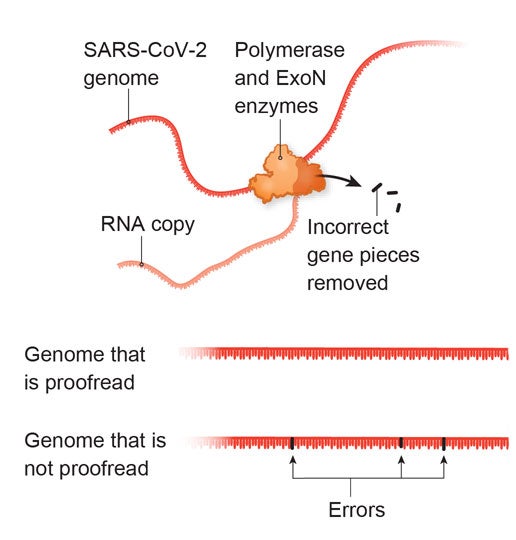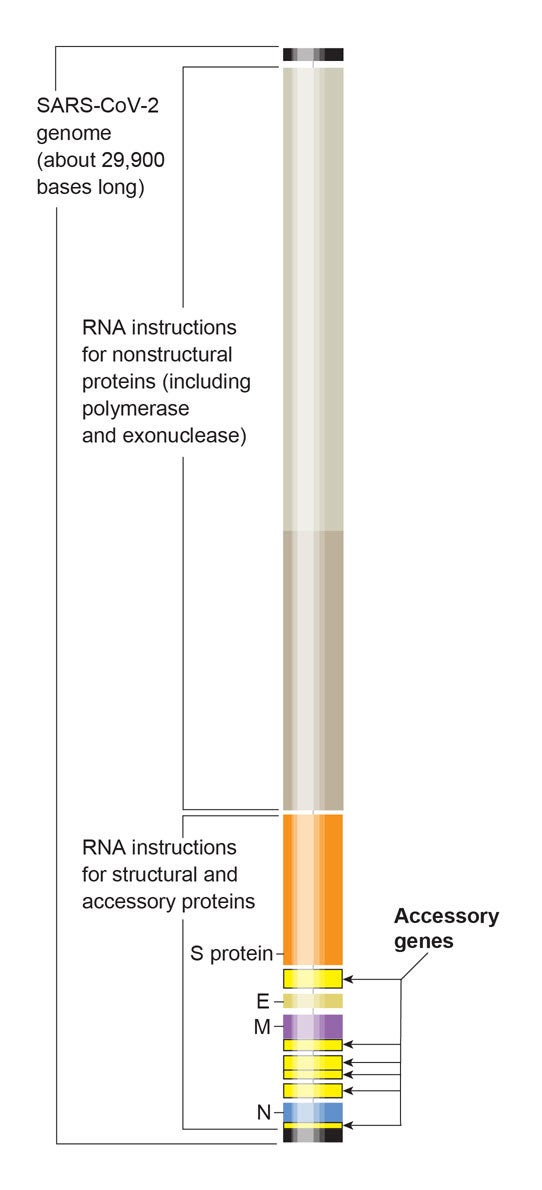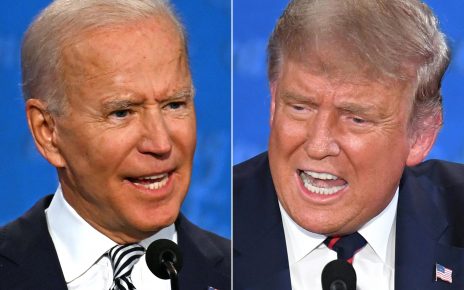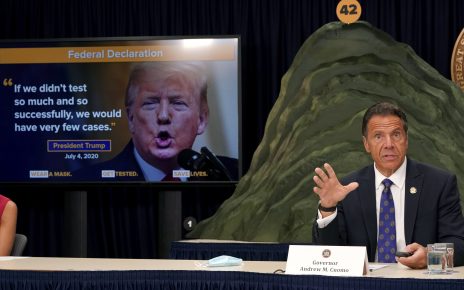For all the mysteries that remain about the novel coronavirus and the COVID-19 disease it causes, scientists have generated an incredible amount of fine-grained knowledge in a surprisingly short time.
In the graphics that follow, Scientific American presents detailed explanations, current as of mid-June, into how SARS-CoV-2 sneaks inside human cells, makes copies of itself and bursts out to infiltrate many more cells, widening infection. We show how the immune system would normally attempt to neutralize virus particles and how CoV-2 can block that effort. We explain some of the virus’s surprising abilities, such as its capacity to proofread new virus copies as they are being made to prevent mutations that could destroy them. And we show how drugs and vaccines might still be able to overcome the intruders. As virologists learn more, we will update these graphics on our Web site (www.scientificamerican.com).
For a static version of this content as it appears in the July 2020 issue of Scientific American, please click here.
First, It Binds to a Lung Cell
When a virus spike protein latches onto an ACE2 receptor, a protease enzyme slices off the spike’s head. (ACE2 normally helps regulate blood pressure.)
Next, It Slips Inside
This releases fusion machinery, part of the spike’s stem that is compressed in a springlike state. The virus and lung-cell membranes fuse. Spike decapitation allows the fusion machinery to unfold.
The machinery inserts itself into the cell membrane and a channel forms, allowing N proteins and RNA (genetic instructions) to enter the lung cell.
TIME ELAPSED: ABOUT 10 MINUTES
It Replicates
Once virus RNA is inside a cell, it presents about two dozen genes to the cell’s ribosomes, which translate genes into proteins. Some of those proteins stretch the endoplasmic reticulum, creating protective vesicles, or sacs.
The virus uses its own RNA copying machine, called a polymerase, to make duplicates of RNA inside the vesicles. Some of the copies are utilized to make more viral proteins, such as the spike. Others are packaged into new virus particles, which break out of the lung cell.
Additional vesicles (that come from the endoplasmic reticulum and Golgi complex) assemble spike, M and E proteins.
Finally, It Breaks Out
Vesicles carrying newly formed viruses merge with the cell membrane, opening a channel that allows the viruses to exit.
One cell can release hundreds of virus copies. It typically dies because its resources have been used up, or it is killed by the immune system. Some viruses head off to infect more cells. Others are exhaled into the air.
TIME ELAPSED: ABOUT 10 HOURS
The Innate Immune System Acts First: An infected cell releases interferon proteins that alert neighboring cells to create molecules that try to stop virus particles (red dots) from entering or reproducing. Interferon also beckons cells such as macrophages in the bloodstream that can engulf virus particles.
TIME ELAPSED: 0–3 DAYS
The Adaptive Immune System Follows: Interferon also alerts B cells. They produce “neutralizing antibodies” that might recognize parts of the spike protein and bind to it, preventing the spike from grabbing onto a lung cell.
Interferon also recruits T cells, which can destroy viruses and also kill infected cells before viruses inside them burst out. Some B and T cells become memory cells that can quickly identify and fight a future invasion by the virus.
TIME ELAPSED: 6–11 DAYS
SARS-CoV-2 uses several tactics to thwart the immune system’s response.
Tactic 1: The virus spike may camouflage itself with sugar molecules. They flex and swing, potentially blocking antibodies from attaching to the virus, neutralizing it.
Normally, sensor proteins recognize incoming viruses as foreign and tell the cell nucleus to turn on genes for making messenger RNA molecules. The molecules deliver instructions to ribosomes to make interferon proteins that exit the cell to alert immune system cells.
Tactic 2: Several SARS-CoV-2 proteins are thought to block sensor proteins from acting or to interfere with instructions to the ribosome.
Drug Target 1
Prevent the Virus from Entering the Cell: A drug or therapeutic antibodies could lock on to the spike protein, preventing it from binding to a lung cell’s ACE2 receptor. A drug could also attach to the protease enzyme and prevent it from cutting the spike protein so the virus cannot fuse with the cell.
Drug Target 2
Encourage Defective Viruses: A drug could interfere with the viral RNA polymerase enzyme, which works with another enzyme called ExoN (not shown) to fix mistakes in copied viruses that would disable those viruses,leading to more bad copies and fewer good ones.
Drug Target 3
Shut Down Virus: A drug could interfere with lung cell proteins the virus needs, such as those involved in making virus proteins or in making the vesicles the virus uses to copy its genome.
Drug Target 4
Reduce Hyperimmune Response: Immune cells can destroy too many lung cells, creating enough mucuslike waste to suffocate the lungs, forcing victims onto ventilators. Overproduction of an alarm protein, or cytokine, such as interleukin-6 can put immune cells into overdrive. Drugs could inhibit some of the cytokines by binding to them.
Vaccine Options
A vaccine exposes the immune system to a safe version of a virus so it can practice making antibodies that will stop the pathogen and commit the exercise to memory so it is ready to fight the real virus during an infection. Vaccine makers are pursuing a variety of strategies for formulating and mass-producing vaccines.
How Vaccines Work
Antibody Preparation: The vaccine version of a SARS-CoV-2 virus presents various molecules called antigens that belong to the real virus. Antigen-presenting cells grab them and provide them to helper T cells and B cells.
The T cells help B cells turn on to produce antibodies that could bind to the actual virus.
The helper T cells also tell killer T cells to devise ways to destroy lung cells that are infected.
Some of the B and helper T cells turn into memory cells that store the instructions so they can quickly spark B and T cells into action during an infection.
SARS-CoV-2 Vaccine Development Strategies
Experts are exploring at least six strategies for making vaccine versions of the virus. Three of them involve injecting a modified version of the virus into people….
Three involve mapping genes from the virus, such as those for the spike protein, inserting the blueprints into DNA, RNA or a safe virus and injecting those into people.

Proofreading
Because the SARS-CoV-2 genome is so long, it can encode a huge amount of information, enabling the novel coronavirus to create more proteins and perhaps carry out more sophisticated replication strategies than other RNA viruses. One of these advantageous proteins is an enzyme called exonuclease (ExoN), which helps the virus proofread and correct copies as they are made. Only viruses with genomes longer than about 20,000 bases make this enzyme.


Once a SARS-CoV-2 virus has infected a lung cell, an enzyme called polymerase starts to make copies of its RNA while another enzyme, ExoN, finds random mutations and expels these genetic mistakes from the copies.


Accessory Genes
Unusual, short bits of the genome called accessory genes are clustered with the structural protein genes. Researchers are not yet sure what they do. Several are thought to encode proteins that help the virus evade the immune system.
- Editor: Mark Fischetti
- Artist: Veronica Falconieri Hays
- Consultant: Britt Glaunsinger, molecular virologist, University of California, Berkeley, and Howard Hughes Medical Institute
- Graphics Editor: Jen Christiansen
- Animation and Motion Graphics: Jeffery DelViscio
- Design and Front-end Development: Jason Mischka
- Sources: Lorenzo Casalino, Zied Gaieb and Rommie Amaro, U.C. San Diego (spike model with glycosylations);
- “The Architecture of SARS-CoV-2 Transcriptome,” by Dongwan Kim et al., in Cell, Vol 181, May 14, 2020 (genome)




